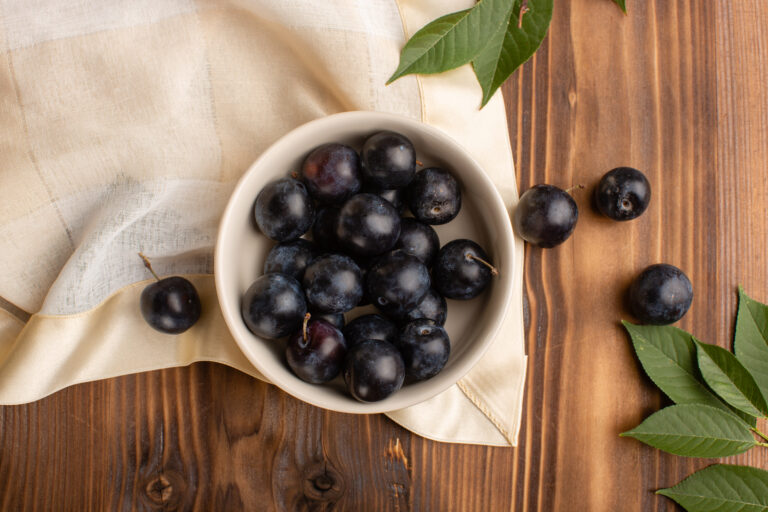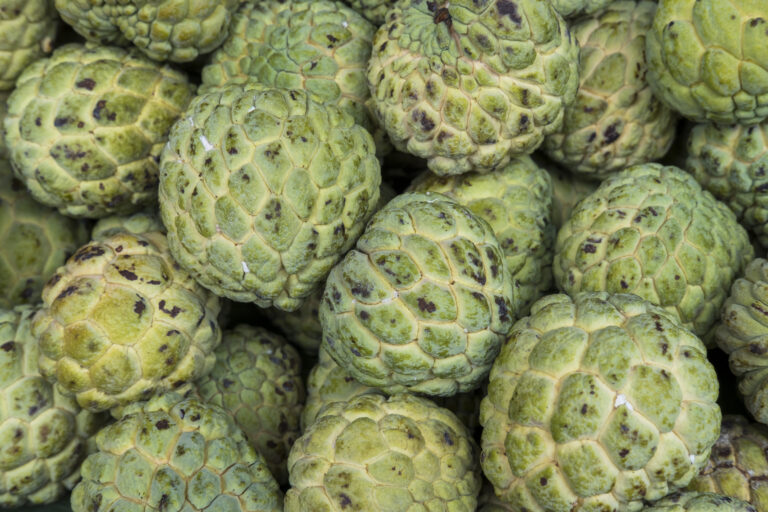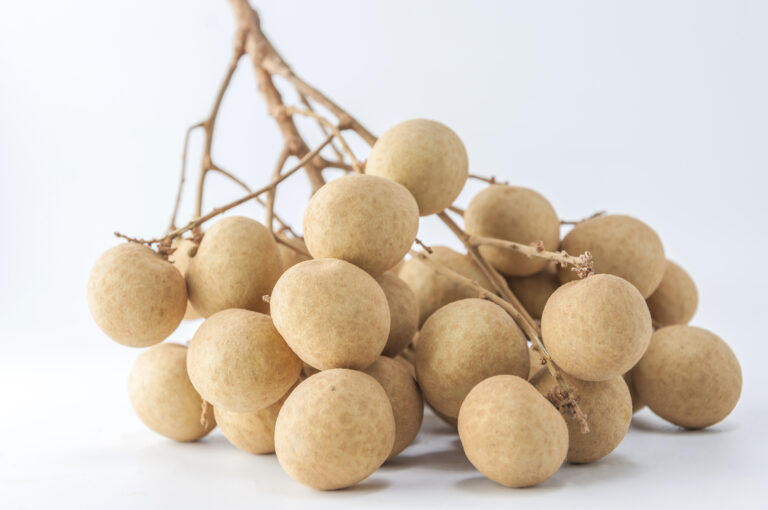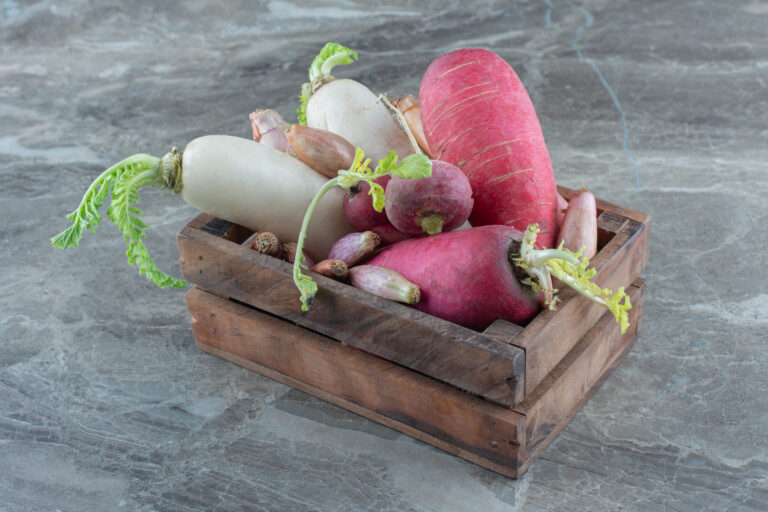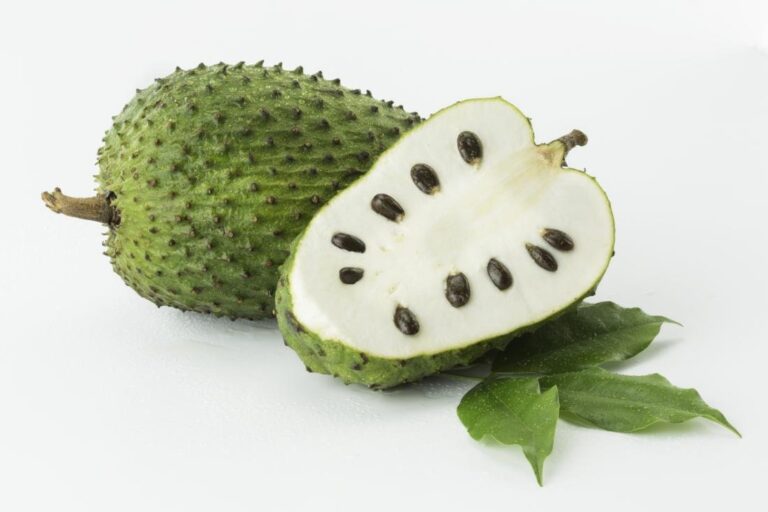Overview
Rambutan fruit is a tropical fruit that belongs to the family Sapindaceae and is native to Southeast Asia. The scientific name of the rambutan is Nephelium lappaceum.
The fruit is closely related to other tropical fruits such as lychee, longan, and mamoncillo. Rambutan trees are evergreen, and they bear fruit twice a year in most regions.
The name “rambutan” is derived from the Malay word “rambut,” which means hair, and this is quite apt as the fruit is known for its hairy or spiky outer skin.
The fruit is typically round or oval in shape and its size is similar to that of a golf ball. The skin is covered with soft, flexible spines that are usually green when the fruit is young but turn red or yellow as it ripens.
Rambutan fruit is not only delicious but also rich in nutrients. It is a good source of vitamin C.
Cultivation of rambutan is primarily concentrated in tropical regions, including Southeast Asia, Australia, and parts of Africa.
Nutritional Content of Rambutan Fruit
Certainly! Here is an overview of the nutritional content of rambutan fruit per 100 grams:
- Calories: Approximately 68 kcal
- Water Content: About 68-73%
- Carbohydrates: Around 16.5 grams
- Sugars: Approximately 9.5 grams
- Dietary Fiber: Roughly 0.9 grams
- Protein: About 0.9 grams
- Fat: Approximately 0.2 grams
Vitamins:
- Vitamin C: Roughly 20.9 milligrams
- Vitamin A: Approximately 0 IU (International Units)
Minerals:
- Iron: Approximately 22 milligrams
- Phosphorus: Roughly 20 milligrams
- Potassium: Approximately 42 milligrams
- Calcium: Around 22 milligrams Other
Nutrients:
Rambutan fruit contains various antioxidants, including carotenoids and flavonoids.
The nutritional composition may vary slightly depending on the specific variety of rambutan and growing conditions. Additionally, the fruit’s nutritional profile may change as it ripens. Incorporating rambutan into a balanced diet can contribute to the intake of essential nutrients and provide a sweet and exotic flavor to your meals or snacks.

5 Healthy Benefits of Rambutan
Rambutan, the tropical fruit known for its sweet and juicy flesh, offers several health benefits due to its rich nutritional profile. Here are five health benefits of rambutan:
1. Rich in Antioxidants
Rambutan fruit is packed with antioxidants, including carotenoids and flavonoids. These substances serve to neutralize damaging free radicals in the body, lowering oxidative stress and inflammation.
Antioxidants promote general health and may lower the risk of chronic diseases.
2. Boosts Immune System
The high vitamin C content in rambutan is beneficial for the immune system. Vitamin C is well-known for its immune-boosting qualities, which aid the body’s defense against infection and sickness.
Regular consumption of rambutan can contribute to maintaining a strong and resilient immune system.
3. Supports Skin Health
Vitamin C, along with other antioxidants present in rambutan, promotes healthy skin. These compounds play a role in collagen synthesis, which is essential for maintaining skin elasticity and preventing premature aging.
Including rambutan in your diet may contribute to a radiant and youthful complexion.
4. Aids Digestive Health
Rambutan contains dietary fiber, which is essential for digestive health. Fiber encourages regular bowel movements, reduces constipation, and maintains a healthy digestive tract.
Including fiber-rich foods like rambutan in your diet can contribute to optimal gastrointestinal function.
5. Provides Essential Nutrients
Rambutan is a good source of essential nutrients, including iron, phosphorus, potassium, and various vitamins. Iron is crucial for preventing anemia and supporting proper oxygen transport in the body. Potassium helps regulate blood pressure and fluid balance, while phosphorus is important for bone health.
It’s important to note that while rambutan offers these health benefits, moderation is key in any balanced diet.
How To Eat Rambutan
Rambutan fruit can be purchased fresh, canned, as juice, or as jam.
The color of the fruit’s spikes indicates whether it is ripe or not. The more crimson they are, the riper the fruit will be.
Before you consume it, make sure to remove the skin. To do so, cut through the center of the outer skin with a knife, then squeeze from the opposite sides of the cut. The white fruit should pop free.
The delicious, translucent flesh includes a big seed in the center that is often considered unpalatable. The seed can be extracted with a knife or spat out after consuming the flesh.
The meat can give a sweet flavor to a variety of foods, including salads and curries.
Risk Factors
While rambutan fruit is a delicious and nutritious tropical fruit, there are a few considerations and potential risks associated with its consumption. It is essential to be aware of these factors:
- Allergic Reactions
- Sensitivity to Oxalates
- Fruit Sugar Content
- Avoiding Unripe Fruit
- Pesticide Residues
As with any food, individual reactions and sensitivities can vary. It’s advisable to consume rambutan in moderation, particularly if you have specific health concerns or conditions.
Outlook
In conclusion, rambutan fruit transcends its delectable taste, offering a myriad of health benefits. From immune system support to skin health and heart well-being, this tropical fruit has rightfully earned its place in a wholesome diet. Embrace the exotic allure of rambutan and savor both the flavor and the nourishment it brings to the table.
Also, check out The Healthy Benefits of Kumquat Fruit.




